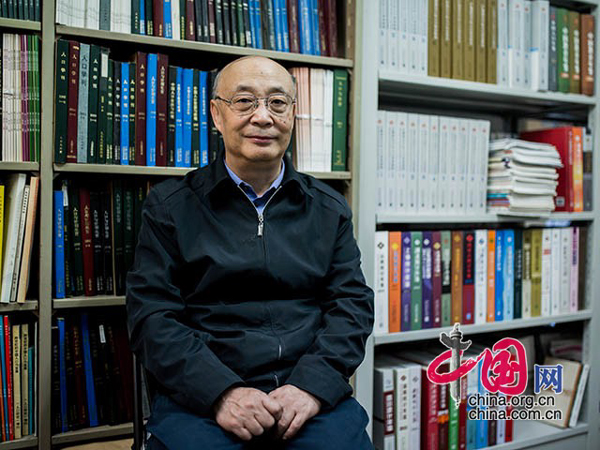China to improve gov’t service in townships
The central authorities have issued a document calling for improved public services at the township level.
The document was issued by the General Office of the Communist Party of China Central Committee and the General Office of the State Council.
Township governments should provide quality education in rural areas with suitable teaching environments, safe campuses and support for under privileged students, according to the document.
It called on township governments to offer better training and vocational opportunities to rural residents, and ensure basic social services for special groups including the disabled, migrant workers, and children living in poverty.
Governments at the township level should implement national insurance policies and improve public health services, said the document.
It stressed that ancient villages of great historical and cultural value should be properly protected and developed, adding that township governments should also improve their service in areas such as environmental protection, food safety and juvenile protection.
The document urged governments of county-level and above to provide financial support for infrastructure, public services and other social undertakings in townships, and to encourage loans and investment to small towns and villages.
Township government budgets and spending should be strictly regulated to fend off local debt risks and guarantee fiscal balance, it said.
The document also called for preferential policies for township officials, such as easier promotions and subsidies, to attract talent to work in townships.



![The China Food and Drug Administration. [File photo/Xinhua] The China Food and Drug Administration. [File photo/Xinhua]](http://images.china.cn/attachement/jpg/site1007/20170220/001fd04cf03a1a14ab4b01.jpg)